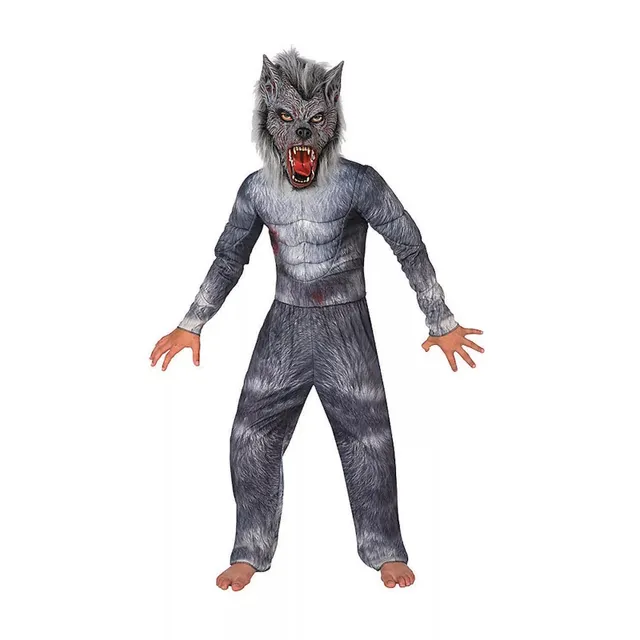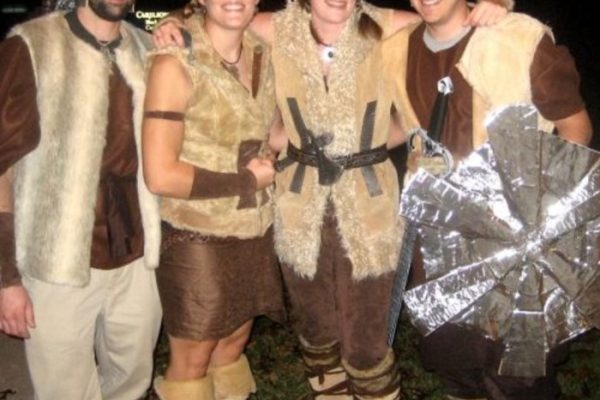Introduction to Werewolf Lore
Werewolves have haunted the human imagination for centuries. Originating from European folklore, these mythical creatures transform from human to wolf at the full moon. Legends tell of their superhuman strength and ferocious appetite. They are apex predators of the night, instilling fear with their growl and haunting eyes. Today, werewolves are a popular character in horror films and Halloween festivities. Enthusiasts aiming to create scary werewolf costumes often draw inspiration from these tales. The best costumes reflect the terrifying essence of werewolf lore. They combine realism with elements of horror to truly captivate and frighten. To start your journey in crafting a werewolf costume, immerse yourself in the legends. Understand the creature you wish to embody. This knowledge sets the foundation for designing an authentic and scary werewolf costume that will leave a lasting impression.
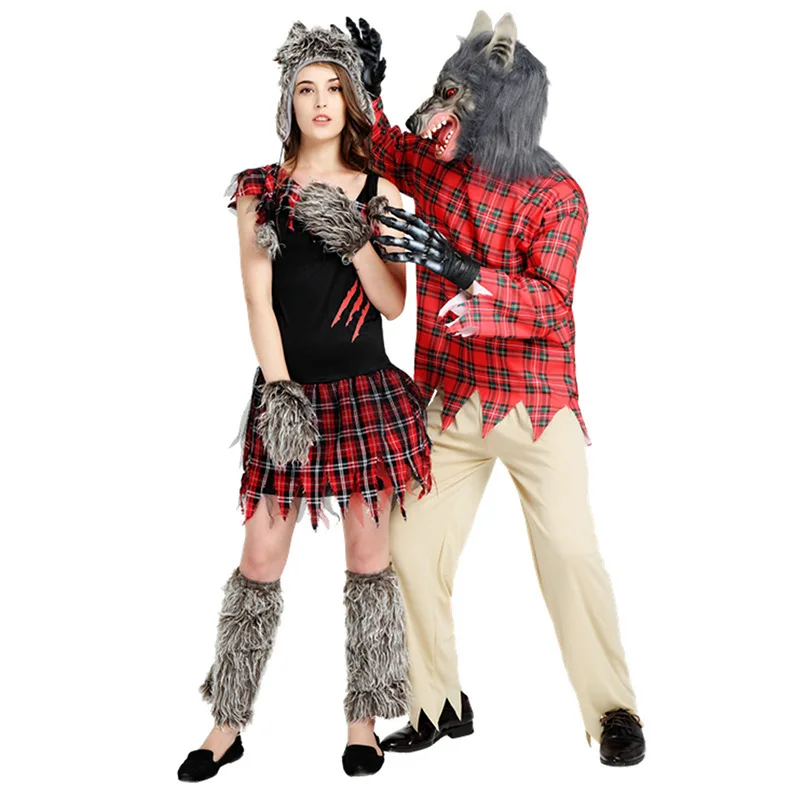
Essential Components of a Werewolf Costume
When planning to create a scary werewolf costume, focusing on key features is crucial to achieving that frightful look. Start with a robust frame. A bulky silhouette suggests the werewolf’s superhuman strength. Use broad shoulder pads to get that hulking presence. Don’t forget the headpiece; it’s the centerpiece. A highly detailed mask with snarling features and piercing eyes captures the werewolf’s wild spirit. Next, include fur that has various shades.
This mimics a real wolf’s coat and adds to the realism. For the hands and feet, articulate claws are a must. They add an edge of danger and enhance the overall scare factor. And to round out your werewolf costume, incorporate a set of sharp teeth. It should look like it could snap at any moment. Remember, these components are your building blocks. They work together to bring the werewolf legend to life and give your costume the power to startle and amaze.

Choosing the Right Materials for Durability and Realism
The materials you choose are vital for both durability and realism in your scary werewolf costume. You want your costume to withstand multiple wears, especially if you’re planning to attend several events or use it for professional purposes. At the same time, it should look convincingly realistic to those who see it. Start with a sturdy fabric base, such as thick cotton or denim, for areas that you’ll attach fur to. These fabrics endure stretching and pulling, ensuring the costume maintains its shape. For the fur, opt for high-grade synthetic materials that mimic real wolf fur—look for variable lengths and colors to achieve a natural blend. When picking out fur, consider both tactile and visual quality.
The fur should feel as good as it looks. Moving to the mask and claws, use lightweight but resilient materials such as latex or silicone. These allow for detailed sculpting and painting, which can bring your snarling werewolf features to life. Remember that the eyes are a window into the creature’s soul. Use glass or high-quality acrylics for a piercing gaze that frightens onlookers. Finally, when selecting teeth, choose a durable resin or plastic that can be shaped into sharp, threatening points. By focusing on both durability and realism, your scary werewolf costume will not only last but also become the terrifying highlight of any event.
Step-by-Step Guide to Creating the Werewolf Mask
Creating a menacing werewolf mask involves patience and attention to detail. Here’s a simple guide:
- Start with a Mold: Choose a mold that fits the shape of a human face closely. This ensures a good fit for wearability.
- Sculpt the Features: Use clay to sculpt the snarling features of a werewolf onto the mold. Think fierce brows, deep-set eyes, and an open mouth.
- Create a Cast: Once the clay model is ready, create a cast using plaster. This cast will be the base for your mask.
- Select Materials: For the mask itself, latex or silicone work well. They are flexible and durable.
- Pour and Cure: Pour the chosen material into the cast. Leave it to set and cure. Follow product guidelines for best results.
- Remove and Trim: Gently remove the mask from the cast. Trim the edges for a clean, comfortable fit.
- Paint the Mask: Use paint that is safe for latex or silicone. Bring out the details with colors that mimic natural wolf fur.
- Attach the Eyes: Insert glass or acrylic eyes. Secure them in place. They should look piercing and alert.
- Add Fur: Apply fur around the mask for realism. Use adhesives that won’t damage the material.
- Teeth and Tongue: Sculpt or find premade teeth and a tongue. Attach them to give your mask a fearsome bite.
Remember to keep tools and materials at hand. Work in a well-ventilated space. Safety first! This step-by-step guide should embed the key elements required to craft scary werewolf costumes that thrill and chill.
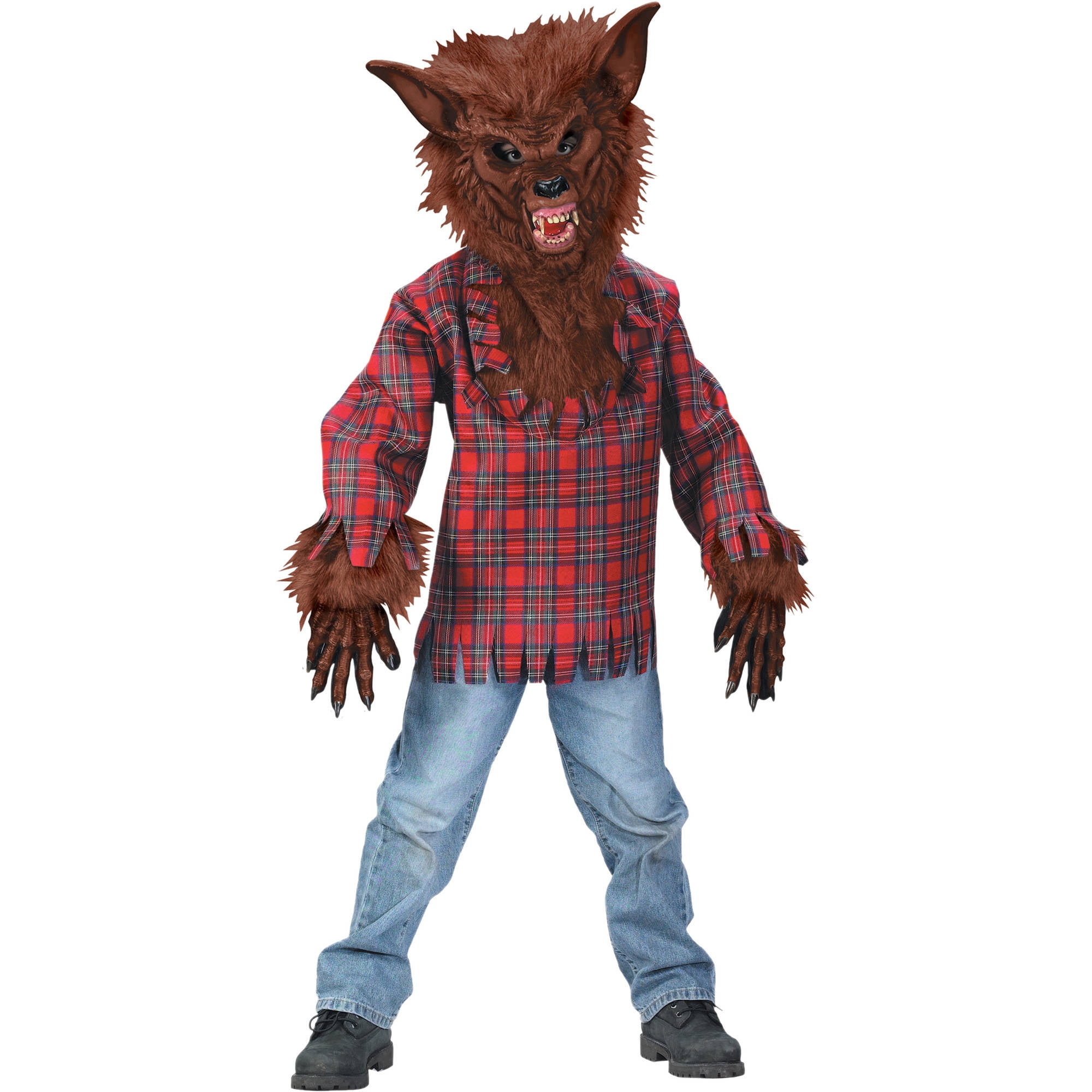
Adding Fur: Techniques for a Natural Look
To achieve a natural look for your scary werewolf costume, adding fur correctly is crucial. Start with selecting fur shades that mimic real wolves. These should range from dark to light. Use a layering technique. Begin with darker shades near the bottom. Gradually blend to lighter tips. Think about how a real wolf’s coat looks. It is never one flat color. Attach the fur in sections. This makes it look more like natural growth. Secure each piece firmly. You can stitch or glue it onto the fabric base. Save longer fur lengths for the back and shoulders. This creates a shaggy, wild appearance. Shorter fur works best around the face and paws. It keeps features defined. Trim the fur if needed.
This gives it a well-blended, realistic finish. When attaching fur around the mask, be delicate. Avoid covering important details like the eyes or mouth. Test the fur placement with the mask on. Ensure it complements the facial features. Use strong but safe adhesives. They should not damage the latex or silicone of the mask. Also, they must withstand movement as the costume is worn. Remember to step back and view the costume as a whole. Make adjustments to fur length and placement as needed. The goal is to create a cohesive, realistic look. Good technique in adding fur takes your scary werewolf costume from good to great.
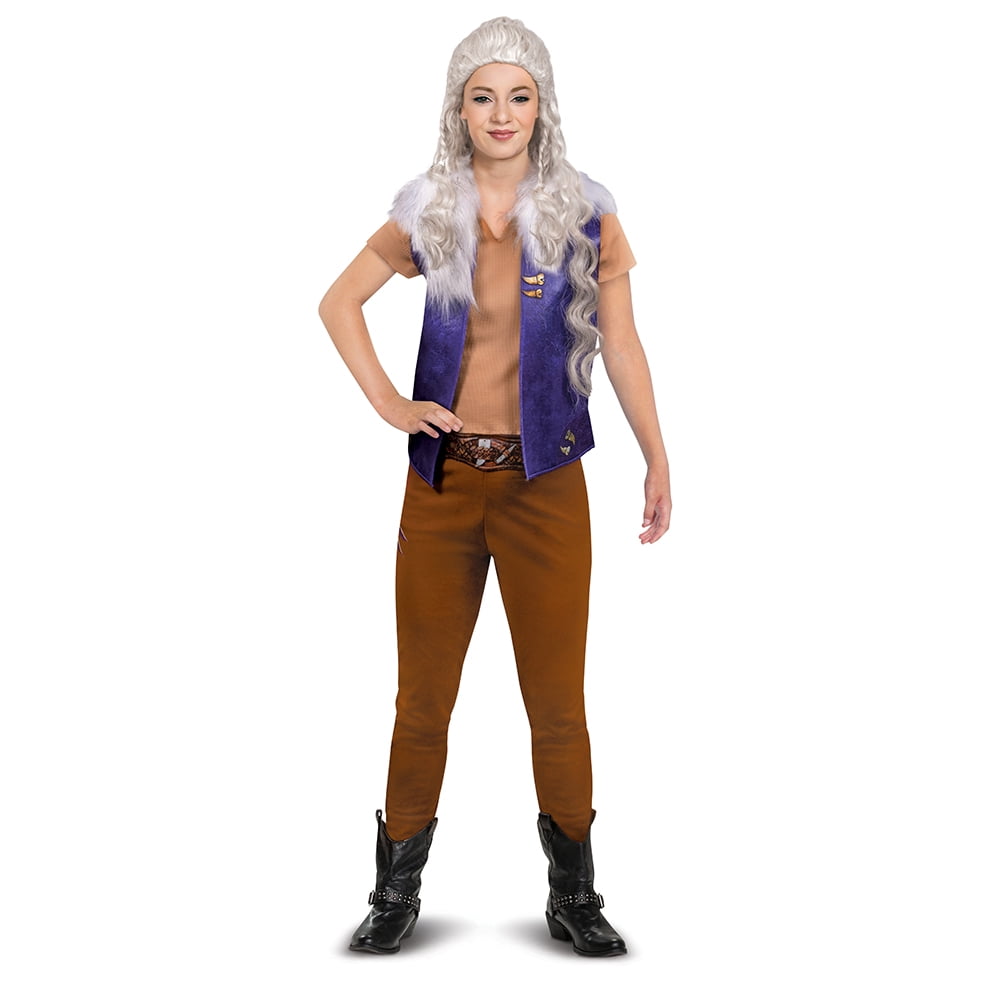
Detailing the Costume with Claws and Teeth
For a truly scary werewolf costumes, claws and teeth are vital. The sharper and more realistic they are, the better. Start with the claws. Choose materials that mimic the look and feel of real claws. Resin or hardened rubber work well. They allow for a sharp appearance while remaining safe to wear. Sculpt or purchase pre-made claws that can attach to gloves. Make sure they have a curved, menacing look. Paint them to match the fur for a seamless blend.
Next, focus on the teeth. They add a grim element to the beastly facade. Use dental acrylic or resin to craft pointed teeth. Style them to look jagged and threatening. Attach the teeth to the mask’s interior. Ensure they sit well within the snarling mouth. For extra terror, highlight the teeth with a bit of red paint. This suggests a recent feast and ups the scare factor.
Both claws and teeth should be durable. They must also attach securely since they will see a lot of movement. Check that you can move with ease. You don’t want claws or teeth coming loose. Comfort is key, but so is the look of danger. Strike a balance. A werewolf that appears both agile and deadly is a costume success.

Tips for Wearable Comfort and Mobility
While crafting scary werewolf costumes, comfort and mobility are key. They ensure the wearer can move freely and enjoy their time without discomfort. Here are tips to enhance comfort and mobility within your costume:
- Flexible Joints: Ensure joints like elbows and knees have enough room to move. Use stretchy materials or gussets.
- Breathable Fabrics: Pick breathable fabrics for the costume’s base to prevent overheating.
- Adjustable Straps: Add straps that can be adjusted to different body sizes for a snug, yet comfortable fit.
- Padding Placement: Place padding carefully. Too much can restrict movement. The right amount adds to the costume without hindering mobility.
- Lightweight Materials: Choose lighter materials for the bulk of the costume. They reduce fatigue during long wear.
- Secure Fit: Make sure all costume parts fit securely. They should not slip or move out of place as you walk or act.
- Regular Breaks: Take breaks. Remove parts of your costume to avoid overheating or exhaustion.
- Practice Wearing: Before the event, wear the costume to get used to its weight and feel.
By following these tips, your scary werewolf costume will be both terrifying and comfortable to wear, enhancing the overall experience for you and your audience.
Final Touches: Blood, Scars, and Tattered Clothing
To make scary werewolf costumes more authentic, add final touches. Blood and scars can give your costume a backstory. It suggests recent battles or hunts. Use red paint or fake blood for fresh wounds. Apply it around the mouth or claws. This can create a sense of dread. For scars, use makeup or latex. These can mimic old battles and survival. Shape them into gashes or healed wounds. Place them on visible areas such as the face or arms. Tattered clothing adds a human element. It shows the transformation from human to beast. Choose old shirts or pants. Rip them at the seams or edges. Add slash marks to imply claw tears. Weather the clothing to look worn. Rub dirt or brown paint for an earthy, lived-in effect. These details elevate your costume from a simple outfit to a story you can wear.
